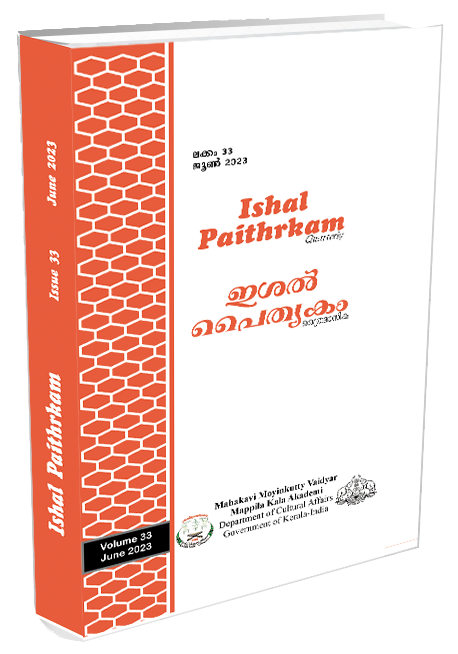Race in Human Rights: A Critical Discourse Analysis of the textbook Zeitgeist
Keywords:
Critical Discourse Analysis, Race, TESOL, textbook , Constructing ideologies, Discursive devices, shaping identities/collective memoriesAbstract
Racism in the wake of the Civil Rights Movement was understood to be a consequence of individual prejudices and it was believed that racial stratification would stop when people stopped thinking about race. But the beginning of the Critical Race Theory in the 1970s the above argument was rejected and it was argued that race consciousness is necessary to overcome Racism. This study examines the integration of racial content in the common course paper of English for the undergraduate students in the three-year B.A. English Degree Course (2017) at Calicut University, by attempting a Critical Discourse Analysis of the module ‘Human Rights’ from the textbook , ‘Zeitgeist’. As a course taught to undergraduate students, this paper examines three discursive devices used in the textbook that serve as a means for shaping or (re)producing ideological values (1) the ways authors create ‘versions of reality’ based on their choice of words and how they combine words together (2) the ways authors construct certain kinds of relationships between themselves and their readers;(3) the ways authors of textbooks draw upon and reinforce the larger systems of belief and knowledge that govern what counts as right or wrong, good or bad, and normal or abnormal in a particular society, The article thus identifies the challenges and limitations of the textbook in addressing past and present racial inequities of the world— particularly its attempt to equip students with the knowledge to engage in meaningful dialogues and critical writing about racial issues that are entrenched in the majoritarian and parochial India of today.
Downloads
References
Adichie, C.N. (2009, July) . The Danger of a single story [transcript). TED Conferences.
Bakhtin Mikhail MikhaAlovich, Emerson, C., & Holquist, M. (1987). Speech genres and other late essays. University of Texas Press.
Devasia, TK. (2017, October 18). Kerala’s racial intolerance against migrants is on rise, with upper classes trying to exercise superiority-india news, Firstpost.
Fairclough, N. (1993). Discourse and Social Change. Wiley.
Jain, Manish. (2015) Curriculum Studies in India. In William F Pinar (Ed) Curriculum Studies in India: Intellectual Histories, Present Circumstances, (pp. 111–129). Palgrave Macmillan
Jones, Rodney H. (2019). Section A - Introduction: Key Topic in the Study of Discourse. In Discourse Analysis: A Resource Book for Students, (pp. 101– 115). Routledge
McDuie-Ra, Duncan. (2015). Dating Race in Contemporary India. Palgrave Macmillan
Pandit, Danish. (2020, March 20). In India, Kashmiris face deepening discrimination. The Diplomat.
Pinar, William F. (1995) Understanding Curriculum as Racial Text. Counterpoints, 17, pp. 315–57. https://www.jstor.org/stable/42974922
Readings on Society, (2014), Kozhikode: Cosmo Books
Revised Syllabus (w.e.f 2017 admission) of B.A. Programme in English Language and Literature (CBCSS-UG), Choice Based Credit Semester System (CBCSS), Syllabus Common Course A04
Waring, H.Z. (2017) Discourse Analysis: The Questions Discourse Analysts Ask and How They Answer Them (1st ed.). Routledge.
Zeitgeist: Readings on Society and Culture, (2017), Calicut University Publication.
Downloads
Published
Issue
Section
License
Copyright (c) 2025 ISHAL PAITHRKAM

This work is licensed under a Creative Commons Attribution-NoDerivatives 4.0 International License.

